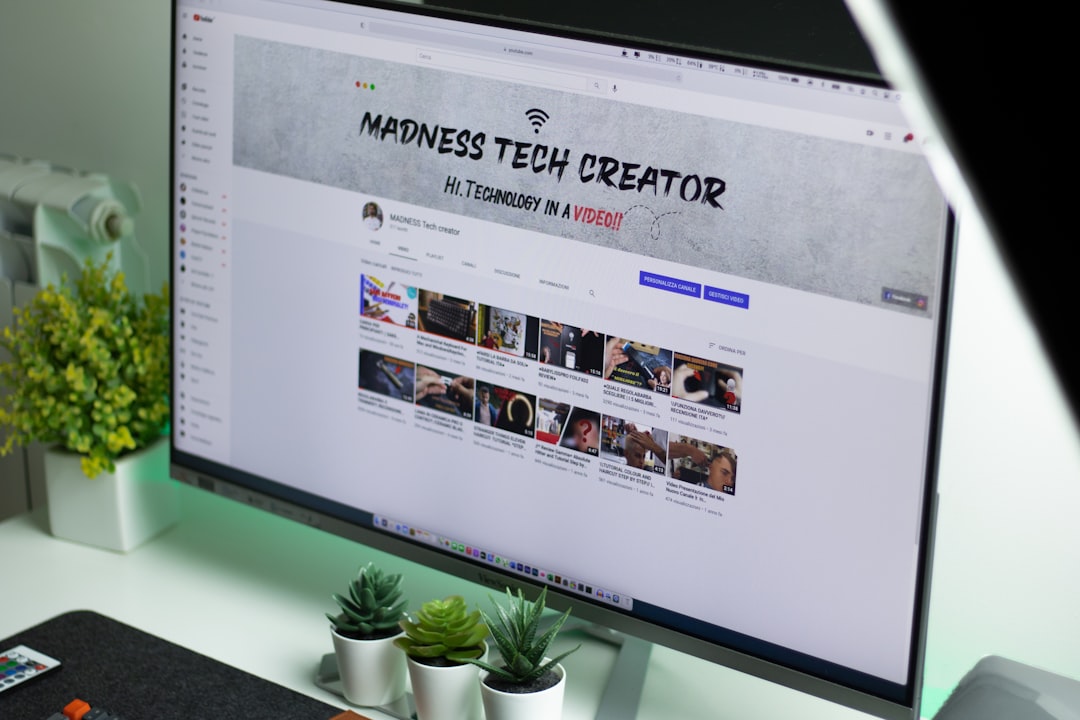If you’ve ever read an engaging essay and found yourself gliding effortlessly from one topic to another, there’s a good chance that a clever use of subtitles played a part. Subtitles aren’t just for academic reports or scientific breakdowns; when used right, they can elevate your essay’s flow, keep your reader engaged, and still let your natural, conversational tone shine through.
TL;DR
Using subtitles in essays can make your writing clearer, more organized, and more engaging. Think of them as road signs that help guide your reader through your ideas without breaking your casual style. Stick to consistent formatting, use creative but clear wording, and don’t overuse them. When used effectively, subtitles can turn a standard essay into a smooth, enjoyable read.
Why Even Use Subtitles?
Subtitles, or subheadings, serve the same purpose in an essay as they do in a book or blog – they give structure, improve readability, and highlight key transitions. Imagine reading a long piece of text without any breaks; overwhelming, right? Subtitles act like breathers—they align your readers’ expectations and gently nudge them toward what comes next.
Here’s why you might want to use them:
- Clarity: Break down complex information into digestible parts.
- Flow: Help your reader move naturally from one point to another.
- Focus: Emphasize the main themes or arguments you’re making.
- Style: A subtitle can set the tone for what’s coming next and reflect your personal voice.
Types of Essays That Work Well With Subtitles
While not every essay requires subtitles, some styles certainly benefit from their structured presence. Here are a few types where subtitles shine:
- Persuasive Essays: Clearly segment your points of persuasion.
- Reflective Essays: Highlight shifts in tone or insight.
- Compare and Contrast Essays: Use head-to-head sections like “Pros,” “Cons,” and “Final Thoughts.”
- Personal Essays: Add a sense of storytelling by breaking the essay into parts or chapters.

So, How Do You Use Subtitles Like a Pro?
Here’s where we move from theory to practice. Below are some tried-and-true techniques to help you master the use of subtitles in your essay without sounding robotic or too formal.
1. Plan Your Structure
Before you even start writing, identify your major points. Think of each one as a potential section. What will each block cover? Does the structure build naturally toward a conclusion? Planning this ahead of time ensures your subtitles won’t feel random or tacked on.
2. Keep It Conversational
Your subtitles don’t have to sound like textbook chapters. If your essay is laid-back in tone, let your subtitles reflect that. Here are a few examples:
- Too Formal: An Analysis of Media Influence on Youth
- Balanced: How Media Shapes Us
- Casual: TV Raised Us, Kind Of
See the difference? You still get the point across, but with a dash of personality.
3. Don’t Overdo It
While subtitles can be helpful, using one every three sentences disrupts the flow and makes your essay feel choppy. A general rule: use a subtitle to separate main ideas or transitions, not every time you switch thoughts. Aim for 2–5 subtitles in a 1200-word essay, depending on the complexity of your topic.
4. Match Formatting Consistently
Whether you’re bolding, enlarging, or italicizing, keep it consistent. Editorial-style formatting works great:
- Italics = More casual or playful headings
- Bold = Stronger, more direct sections
- Bold + Italics = Optional, used sparingly for emphasis
The Subtle Impact of Tone
Subtitles aren’t only structural—they influence tone too. A punchy subtitle does more than signal a new section; it sets mood. Consider these differences:
- “The Problem With Fast Fashion” – Neutral, informative
- “Why Your $5 Shirt Costs the Planet” – Bold, confrontational
- “Shopping Cheap, Paying Big” – Casual, clever
Same theme, different moods. Tailor your subtitles to the overall voice of your essay. If your tone is friendly or relaxed, let your subtitles be, too.

How Not to Use Subtitles
Okay, so we’ve talked up subtitles quite a bit. But it’s equally important to know where things can go wrong. Here are some common mistakes to avoid:
- Too Many Subtitles: Your essay shouldn’t look like a blog post. If it reads more like a list than an argument, pull back a bit.
- Misleading Titles: Make sure each subtitle actually reflects the content beneath it. Clickbait-style headings don’t build trust.
- Overly Formal or Academic: If you’re going for a casual voice, skip stuffy, academic phrasing in subtitles. Save those for research papers.
Examples in Action
Let’s say you’re writing a personal essay on working part-time during high school. You could organize your subtitles like this:
Juggling Schedules, Losing Sleep
Start by describing the daily grind—how you managed school and your part-time gig.
What I Learned (Besides How to Make Lattes)
Reflect on the bigger lessons that came with your job—time management, dealing with people, building responsibility.
Money Talks, Stress Yells
Get into the emotional and mental toll, the late-night study sessions, and the missed social life.
Why I’d Still Do It Again
Wrap it up by looking back with perspective and sharing what you gained from the experience.
See what happened here? Each subtitle feels inviting, personal, and reflective of the overall tone. Also, they guide the reader through your story without making it feel like an academic paper.
Final Tips for a Smooth Read
Here’s a roundup of final pointers to make sure you’re on the right track:
- Read Aloud: If a subtitle feels unnatural when you say it out loud, tweak it. Your ear can catch awkward phrasing before your eye does.
- Preview Your Subtitles: Skim just the subtitles—do they tell a compelling outline of your essay? If yes, you’re on track.
- Think Like a Reader: If you were flipping through this essay, would the subtitles grab your attention?
- Review for Flow: Subtitles should help, not hinder, the transition between sections. Avoid jarring jumps in topics.
In a Nutshell
When used right, subtitles in an essay can be an unexpectedly powerful tool. They organize your ideas, guide your reader, and offer little glimpses into your style and tone. Whether you’re writing something persuasive or telling a personal story, the right subheading can elevate your essay and make your voice stand out—without sacrificing its casual charm.
So go ahead—break up that wall of text. Let your headings do some of the heavy lifting. Because writing like a pro doesn’t mean sounding like a robot—it means making your message heard, beautifully and clearly.



